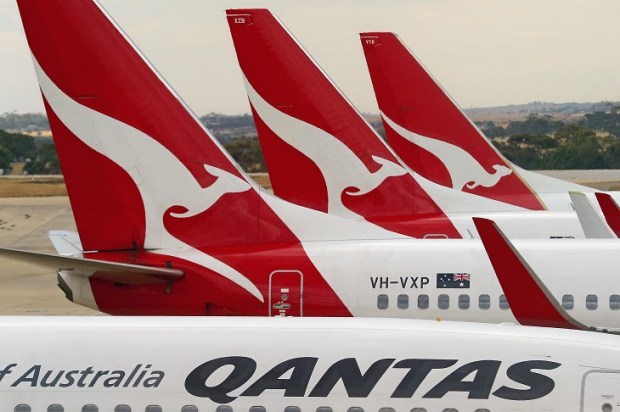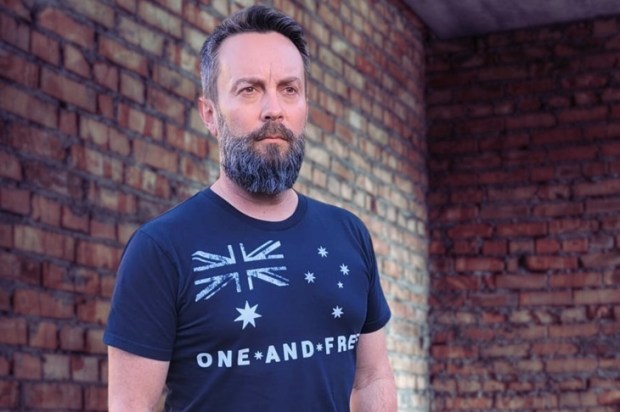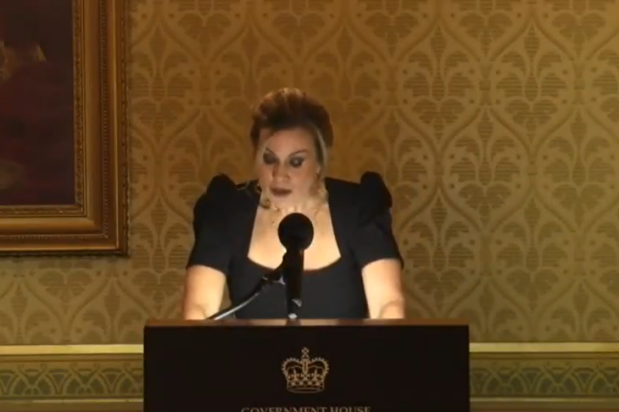We can all relax now. Channel Ten News ‘exclusively revealed’ this past week that soon every high school in Australia will be equipped to teach students how to separate fact from fake news.
‘Especially around Covid and the war between Russia and Ukraine,’ one Year 8 student earnestly told the TV news show.
This would be some achievement – solving a problem that has baffled media and communications PhDs and other experts for decades… Who knew ‘the truth is out there’? (Apart from Mulder.) And all we have to do is ask our local high school teacher to dive into their resource kit supplied by Australian federal education bureaucrats and the mystery will be solved!
Somebody should get Zelensky and Fauci on the line immediately to tell them the great news!
Sadly, finding the truth is not as simple as the experts at Ten News and our media studies teachers might hope. Ten News’ ‘exclusive’ story about the program ironically seems anything but: the ‘eSmart Media Literacy Lab for Secondary School Students’ is an initiative of the Department of Communication and was announced by the Albanese government in October last year.
Certainly, a course raising the critical thinking skills of our young would be a welcome addition to the curricula. Perhaps they will be able to tell when they are being fed identity politics or climate change nonsense by left-wing-biased teachers educated in left-wing-biased universities?
But forgive me if I lack confidence that this latest attempt to ‘teach the truth’ will be free from the biases of such teachers.
The reporter suggests the kids who undertake the program will be able to tell the difference between fact and fake news, and from content provided by mere commentators as opposed to credible journalists. And here’s the problem that has plagued the purveyors of news for centuries: what makes a credible journalist? Is it how official-looking their newspaper’s masthead is (the more medieval the typeface the better)? Is it how many words are on a page? The font used? How shiny the TV studio looks and how attractive the presenters?
In a sense, yes. Insofar as these things symbolize endorsement by the populace over a long period of time, a newspaper’s masthead can carry enormous reputational value. Once upon a time, it could be assumed a TV news network able to afford expensive sets and high-tech production would need to be attracting enough viewers to be able to be considered a reliable source of news. But cheaper social media distribution channels, high-quality equipment, and other advances mean almost anyone can produce a reasonably professional-looking video these days. And we know from cruel experience that the newspapers and TV news shows we have relied upon will happily distort the truth to titillate, hype, and sensationalise in order to lift their reader and viewer numbers.
Credibility can truly only come nowadays from being right, consistently and repeatedly over time, and building trust with your audience. It doesn’t come from censoring online media and pretending that the old media are always the honest ones. I’d argue, after Covid, that quite the opposite is true in Australia right now.
And that’s the thing about free speech. God – or if you’re a non-believer, good old mother nature – has put in humans a generally pretty good ‘B.S. detector’. But it only works if we’re exposed to all sides of an argument. So the answer to all this scary misinformation isn’t more censorship or control from some central authority.
Who could forget Jacinda Ardern’s Orwellian declaration during Covid that, ‘You can trust the Director General of Health and the Ministry of Health … otherwise dismiss anything else. We will continue to be your single source of truth. We will provide information frequently. We will share everything we can, everything else you see – a grain of salt.’
Trust us, we’re the government. What could possibly go wrong? When in history has this ever been a flawed approach to truth-seeking?
No Jacinda, the only way to get to the truth is not censorship. It’s more openness. The light of truth shining on lies is what helps us work out what the truth is. Not bureaucrats making school curricula, not teachers educated in Woke universities, and definitely not journalists from mainstream TV news networks.
The truth comes from how you analyse what you’re getting. And yes, there are too many people on our side of politics who join-the-dots into conspiracy theories a little too quickly. And when you ‘do your own research’ you must also engage excellent critical thinking skills and not believe everything you see that confirms your biases. But there are also huge manipulators and propagandists on the other side of politics that will have you voting for a communist-leaning party thinking it’s an environmental party before you can say ‘oops – I didn’t mean to vote Green’.
Insofar as this new national course on media credibility stays unbiased between old media and new media and teaches kids how to tell when a story has been spun to a particular political leaning, and teaches critical thinking skills and how to spot biases and common thinking errors, then it’s a really good thing.
But I get a little worried when the government starts wanting to teach what truth is and isn’t to our kids and lay the groundwork on how to determine that. I’m not filled with confidence that our bureaucrats in education or our Woke ‘media studies’ teachers are going to get that right. It’s highly likely they will be politically spinning the fiction that the ABC or the Sydney Morning Herald are more credible than the Speccie or the Australian, instead of teaching that all news is biased in different directions and to different degrees. The only way to solve the puzzle is for we, as citizens, to open our minds to differing points of view and then make our minds up for ourselves what’s true and what’s not. And what sources have earned our trust over time, by being proven true in the longer run, and which ones haven’t.

























